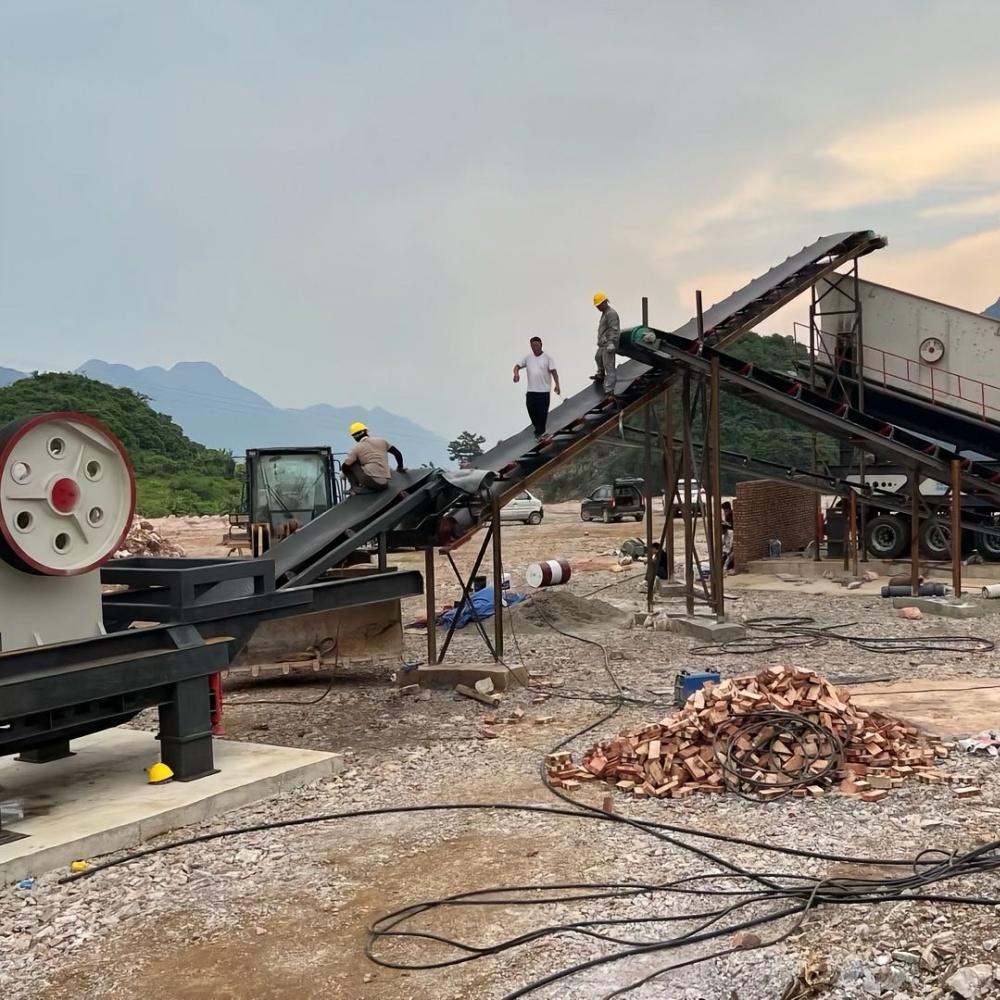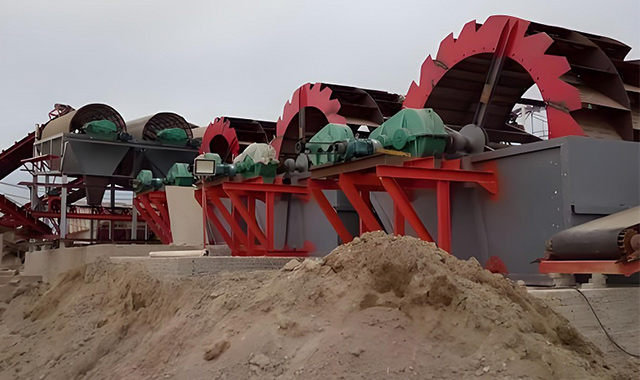When it comes to the environmental protection requirements for equipment used in the production of machine-made sand (often referred to as artificial sand), there are several key considerations, particularly regarding dust control, water management, and noise reduction. Here are the main environmental protection aspects and whether a dust-free production site is feasible:

1. Dust Control
Dust generation is one of the primary environmental concerns in sand production, especially during crushing, screening, and transporting the material. To minimize dust pollution, the following methods are typically employed:
Dust Suppression Systems: Water sprays, misting systems, and dust collectors (e.g., baghouses, cyclone dust collectors) are often used to capture airborne particles.
Closed-Circuit Crushing: Modern crushers and screens are increasingly enclosed or operate within sealed systems to reduce dust escape. These systems help to minimize dust spread throughout the facility.
Air Curtains and Ventilation: Proper ventilation and air curtain installations help prevent dust from spreading beyond the production area.
While it may not be entirely "dust-free," these systems can significantly reduce dust emissions to the point where the site can meet regulatory air quality standards.

2. Water Management
Water is used in various stages of machine-made sand production, particularly in washing and separation processes. Managing water use and preventing contamination is important for environmental protection:
Closed-Loop Water Systems: Many modern plants use closed-loop water recycling systems to minimize water wastage and prevent contamination of local water resources.
Settling Ponds or Filters: Fine particles from washing can be settled in ponds or filtered through systems to prevent them from entering local water bodies.
This approach reduces water consumption and environmental impact.

3. Noise Control
Noise pollution is another concern in sand production, especially from crushers, grinders, and conveyor systems. Measures to reduce noise include:
Noise Barriers: Acoustic barriers or enclosures around noisy equipment.
Anti-Vibration Mounts: Mounting equipment on anti-vibration supports can reduce noise caused by mechanical vibrations.
Regular Maintenance: Keeping machinery well-maintained to ensure smooth operation, reducing unnecessary noise.
A fully "dust-free" production site is difficult to achieve, as some dust will inevitably be produced in processes like crushing, screening, and transporting. However, with modern equipment and environmental protection measures, it is possible to greatly reduce dust emissions to the point where they are not noticeable or harmful to the surrounding environment. In many cases, the industry strives for an environment that is compliant with legal standards and minimizes environmental damage rather than achieving total dust-free conditions.
Environmental protection in the machine-made sand production process focuses primarily on controlling dust, managing water, reducing noise, and minimizing waste. While a completely dust-free production site is unlikely, it is certainly possible to create a production environment that is low in dust, using advanced dust suppression and other environmental control technologies.
 2025-07-31
2025-07-31
Save Time! Get A Detailed Quotation Quickly.
